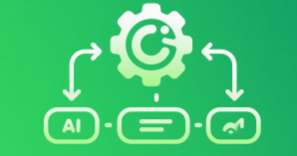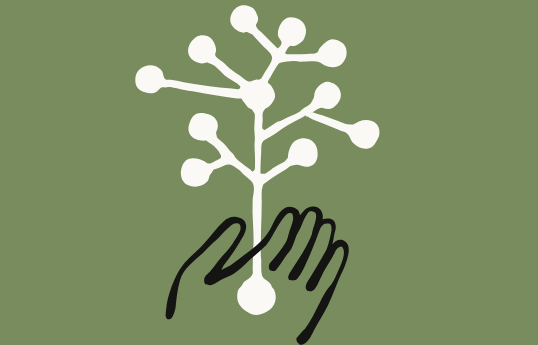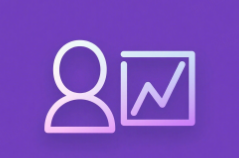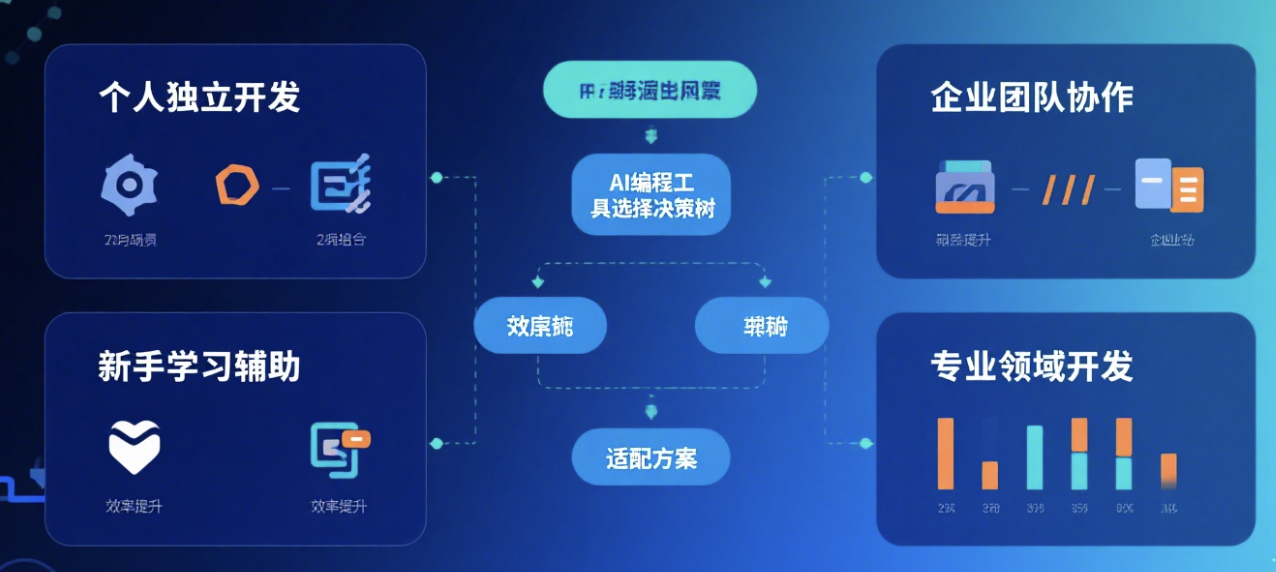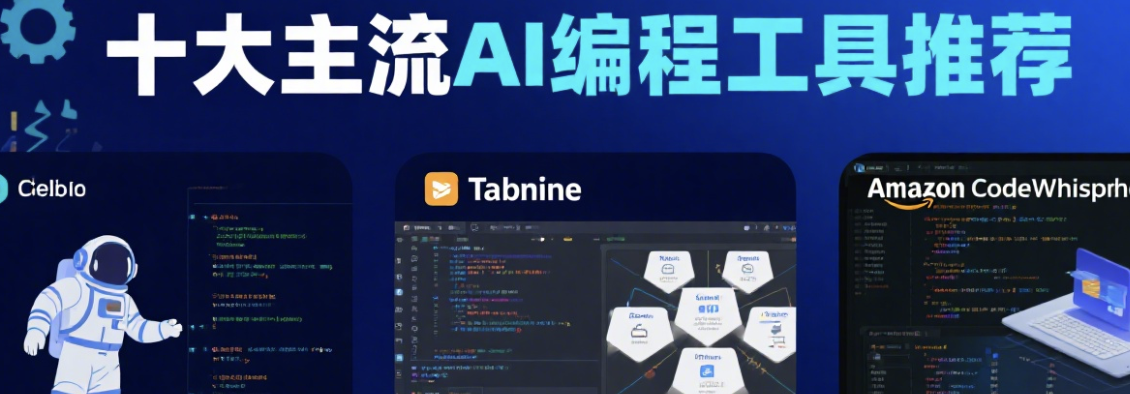List of 10 AI efficiency tools that product managers must have in 2025 and how to do it. In 2025, AI, artificial intelligence and large models will fully penetrate the product manager workflow, from demand insights to PRD, from roadshows to data-driven reviews, all can be automated and intelligent. This article selects 10 AI tool combinations, covering ChatGPT, Claude, Gemini, Perplexity, Notion AI, etc., and provides scenario-based usage and indicators to help product teams quickly form replicable AI working methods.
1. List of essential AI efficiency tools
1. ChatGPT
ChatGPT is a general AI tool suitable for clarifying requirements, meeting minutes, brainstorming, and generating PRD first drafts. Relying on large models and multimodal capabilities, product managers can drive automated output with voice and documents, and achieve intelligent knowledge precipitation through project and file management.
2. Claude
Claude emphasizes long text reasoning and security alignment, which is suitable for complex scheme demonstration, long document sorting and cross-departmental email polishing. Combining computer operation and tool calling, Claude provides stable automation support for product research, data annotation, and process orchestration.
3. Google Gemini (Workspace)
Gemini deeply integrates Gmail, Docs, Sheets, Meet and Vids, and adapts to the product's daily email summaries, roadshow document rewriting and meeting minutes. For teams using Google's system, Gemini is a natural AI collaboration hub, reducing switching costs and enhancing automation.
4. Perplexity
Perplexity is known for its search enhancement and deep research, which is suitable for competitive product analysis, industry research and program forensics. Its AI tools can iteratively search, read, and summarize, automatically forming research outlines and evidence chains, significantly compressing the research cycle.
5. Notion AI
Notion AI unifies documents, databases, and AI assistants in one workspace, supporting automated generation and updating from meeting minutes to PRD templates. Combining AI retrieval and task automation, product managers can use Notion AI to accumulate knowledge and integrate it into daily collaboration.
6. Figma AI
Figma AI provides generation, rewriting, and review assistance during the design and prototype stages, and FigJam AI can automatically generate flowcharts and user journeys to help quickly align products with designs. For the ability to build applications and generate sites, copywriting and interaction can be promoted simultaneously.
7. Miro AI
Miro AI is suitable for whiteboard collaboration, requirements dismantling, and roadmap construction. It automatically clusters scattered notes, distills themes, and generates product briefs or prototype frameworks, enhancing cross-functional alignment.
8. Microsoft Copilot (Microsoft 365)
Copilot covers core tools such as Word, Excel, PowerPoint, and Outlook, and supports email summarization, scheduling, and data classification. For enterprise teams using the Microsoft ecosystem, Copilot helps integrate AI into existing processes and security systems.
9. Slack AI
Slack AI can summarize channels and threads, review daily and intelligent search, reduce communication noise and extract action items. For product operations, support and R&D collaboration, Slack AI can turn fragmented conversations into actionable knowledge.
10. Asana AI
Asana AI provides pre-built AI workflows and automation templates, suitable for demand flow, review, and release rhythm management. With AI-generated task lists, dependencies, and risk alerts, product managers can steadily advance roadmaps and cross-team projects.
2. How to build an AI workflow for product managers
1. Demand insights and competitive product research
(1) Use Perplexity and ChatGPT to form a closed loop of research: first use Perplexity for retrieval enhancement, and then use ChatGPT to summarize key points and generate a comparison table.
(2) Process with Claude long texts: Combine interview records, feedback, and announcements into structured insights.
(3) Precision in Notion AI: Archive the research results and conclusions into the warehouse, and automatically generate follow-up to-dos.
2. PRD and roadmap synergy
(1) Use ChatGPT and Claude to base it: from user stories to Edge Case lists.
(2) Use Figma AI and Miro AI: Automate and review user journeys, frame diagrams, and low-fidelity prototypes.
(3) Implement with Asana AI: Split requirements into tasks, set dependencies and SLAs, and synchronize daily reviews with Slack AI.
3. Design Review and Prototype Verification
(1) Figma AI and FigJam AI: Generate interactive descriptions and visualize the process, and automatically organize the review opinions.
(2) Miro AI: Cluster review records into problem lists and priority suggestions.
(3) Gemini and Copilot: Synchronize conclusions to Docs or Word, generate meeting minutes and email summaries.
3. Implementation methods and assessment indicators
1. Selection and security compliance
(1) Prefer integration within the ecosystem: Microsoft team uses Copilot, Google team uses Gemini to reduce switching.
(2) Adopt enterprise solutions for sensitive data: ChatGPT Enterprise Edition, Claude Enterprise Edition, and Slack AI Enterprise Capabilities.
(3) Landing data governance: authority, retention, and traceability to ensure the coexistence of automation and compliance.
2. Team empowerment and automation
(1) Establish an AI template library: unified management of PRD, requirements review, competitive table and review template.
(2) Strengthen the "AI pre-production" process: first generate the first draft by AI tools, and then proofread by humans to form a two-wheel drive.
(3) Connect automation to notifications: Asana AI triggers tasks, and Slack AI pushes summaries, reducing manual handling.
3. Quantitative indicators and review
a. Efficiency: the proportion of man-days shortened from demand to PRD, the proportion of meeting duration decreased
b. Quality: the pass rate of one review, the rework rate of demand, and the density of defects
c. Output: the number of tasks completed per week, the pace of launch, the change of growth and retention
4. Supplementary Suggestions and Trend Judgment
1. Visual Content and Narrative
(1) In roadshows and marketing materials, Midjourney and Stable Diffusion can be introduced to generate auxiliary visuals; Linked with Figma AI to unify style and norms.
(2) For product demos and pitches, you can use ChatGPT or Claude to generate speeches, which are edited and typeset by Gemini or Copilot.
(3) Adhere to the dual of "AI generation + manual control"to ensure brand consistency and compliance.
2. Workflow evolution
(1) Strengthen perplexity and retrieval enhancement to combat hallucinations.
(2) Upgrade AI from "points" to "chains" by connecting tasks, knowledge, and automation with Notion AI and Asana AI.
(3) Establish a reusable prompt project and template library around ChatGPT and Claude to form team assets.
Frequently Asked Questions (Q&A)
Q: Which AI tool is preferred by product managers on a daily basis?
A: General text and multimodal suggestions give priority to ChatGPT; Long-form reasoning and security constraints prioritize Claude; In the Google or Microsoft ecosystem, Gemini and Copilot are smoother.
Q: Which AI tool is more stable for competing research?
A: Perplexity is suitable for retrieval enhancement and evidence chaining, ChatGPT and Claude are responsible for structuring and writing, and Notion AI is responsible for knowledge base precipitation, forming an end-to-end AI tool portfolio.
Q: How do you integrate AI tools during the design phase?
A: Use Figma AI and FigJam AI to generate flowcharts and prototypes, and use Miro AI to disassemble and review requirements. When you need a visual draft, you can use it with Midjourney or Stable Diffusion.
Q: How can teams quickly implement AI workflows?
A: Use Asana AI or Jira tools to undertake task orchestration, Slack AI for daily review and action item push, and combine Gemini or Copilot to precipitate traceable records in the document suite.
Q: How can AI hallucinations and compliance risks be controlled?
A: Key conclusions must be verified twice; Use Enterprise Edition with least privilege for sensitive data; Archive in Notion AI or the document system to maintain traceable evidence chains.
Q: How should ChatGPT, Claude, and Gemini divide their labor?
A: ChatGPT focuses on multimodal general scenarios, Claude focuses on long-text reasoning and security, and Gemini is responsible for deep collaboration within Workspace. Flexible switching according to the ecology and task type.
